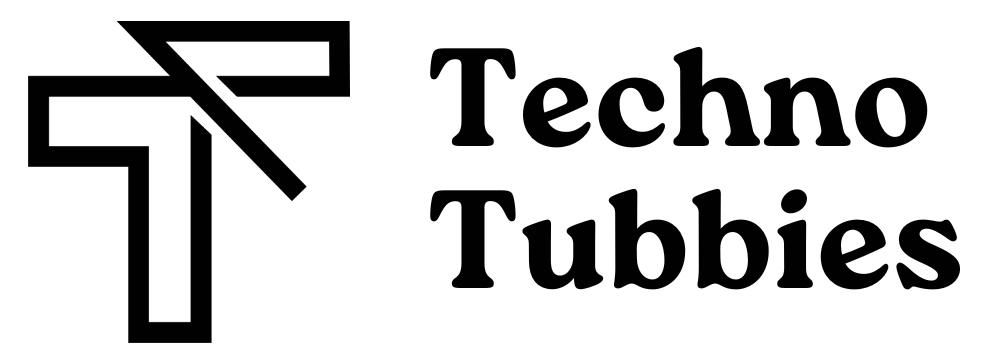Despite its similarities, Instagram Threads is no X. At least, not yet. The text-focused social network — and Meta’s answer to Elon Musk’s X, formerly Twitter — missed a moment to shine on Friday when users once again turned to X to discuss the New York/New Jersey area earthquake. The traffic surge drove #earthquake to the top of X’s Trends section, followed by other areas of impact, like “East Coast,” “Long Island,” “Philly,” “Manhattan” and “Brooklyn.” Meanwhile, earthquake-related terms didn’t register on Threads’ trends section until closer to 2 p.m. ET, even though the earthquake had hit a little before 10:30 on Friday morning.
That’s not to say people weren’t discussing the earthquake on Threads — many were. In addition to conversations taking place around the earthquake, people were even tagging their discussions as EarthquakeThreads or NYC Threads, among other things, to help surface their posts to the wider Threads Community.
Post by @timothyjchambers
View on Threads
Another reason the term likely wasn’t trending: Unlike Twitter/X, Threads doesn’t use hashtags.
While this design choice makes the user interface cleaner, it also may make it less obvious how to tag trending terms. It seems obvious that discussions of the earthquake should be tagged #earthquake, (or earthquake without the hashtag, as on Threads), but people on the Meta-owned platform have started using the tagging convention of “[term] Threads” — like “Tech Threads” for people in tech talking about tech, for example.
This could complicate things when a big trend comes along because some will tag it “earthquake,” and others will tag it “Earthquake Threads” while others still may target their local community, like “NYC Threads,” which leads to none of the terms gaining the velocity and momentum needed to break into the top trends on Threads, despite all of them referencing the same event.
Around 1 p.m. on Friday, TechCrunch reached out to Instagram to ask why the earthquake didn’t make it into Threads’ top trends.
We were told that Threads’ five top trends are based on various signals, including how many people are talking about a given topic, and how many people have engaged with posts on that same topic. Because the earthquake was a regional event, and trends are based on national conversations, it may have simply taken more time for enough people to join the conversation, Instagram said.
Post by @backlon
View on Threads
Shortly after checking in with Threads, the now many-hours-old earthquake became the No. 1 trend on the platform.
Unfortunately for Threads, being unable to keep up with trends in real time could hamper its ability to fully compete with X. Combined with Meta’s plan to distance itself from discussions of a political nature — even going so far as not to “recommend” political content across Instagram and Threads’ platforms — Threads may never fully be able to supersede X, even if it builds many of the other same bells and whistles, like reposts, search, bookmarks and linkable tags.
This stands in sharp contradiction to how Twitter’s founders perceived the power of their new platform to deliver real-time information — and a reason why Twitter became the home to breaking news, active topical discussions and a hub for journalists.
Not long after TechCrunch covered Twitter (then called Twttr) for the first time, the San Francisco earthquake rocked the service, allowing both the founders and users alike to grasp Twttr’s potential. Later that fall, the app had grown to thousands of users.
Said former CEO and co-founder Jack Dorsey, in a 2016 Harvard Business School newsroom interview, “… I was in the office on a Saturday, and my phone buzzed, and it was a tweet, and it said simply, ‘Earthquake.’ Immediately after that I actually felt the tremors in San Francisco. The phone kept buzzing, and there was, ‘earthquake, earthquake, earthquake.’”
“What was amazing about that is I was experiencing something in the world, and immediately I felt comforted because it was obvious that other people were experiencing the same thing,” Dorsey said. “I thought, ‘Wow, the world is so small. You can actually — just by having that shared sensation that shared experience, you all feel like you’re all in this together.’”
Threads may have 130 million monthly active users, making it the largest player in the “fediverse,” the social network of interconnected servers and services including Mastodon, Misskey, Pixelfed, PeerTube and others. But despite usage declines, X has remained “stickier” than some would have believed, especially given the wide crop of competitors that have emerged to challenge Musk’s X. In fact, according to one report by Sensor Tower, X’s usage by power users remained largely unchanged as of last fall.
Already there are signs that Threads is failing to deliver a true X-like experience. As Max Read described it in a March newsletter, “Threads is the gas-leak social network,” referring to the randomness of the posts that filled users’ For You feeds.
“Everyone on the platform, including you, seems to be suffering some kind of minor brain damage,” Read wrote. “… Who are these people? What are they talking about? Are they responding to something that I missed? Why am I reading this? How did it get into my feed? How am I supposed to react?”
If Threads can’t capitalize on real-time information, like an earthquake or a current political discussion; if its feed bubbles up very old posts; and if its trends remain delayed by hours, Threads’ ability to be a viable Twitter alternative could suffer. While people may use it — because they don’t like X’s new direction or Elon Musk specifically — they’ll never have a true X-like experience.

